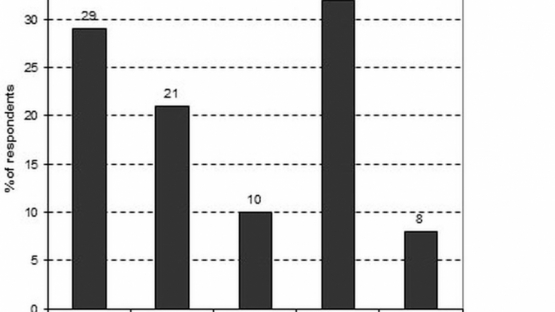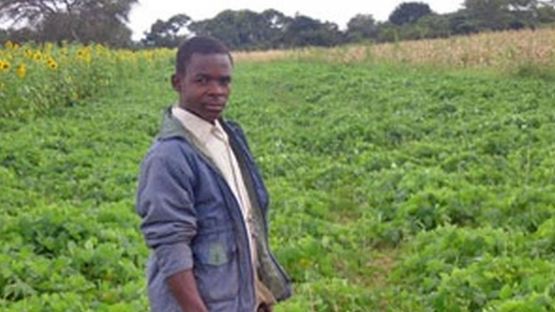In response to the dairy production constraints and opportunities highlighted in the baseline survey, the first task for the project was to improve the quality and availability of feeds for milking animals in the area. Due to limited availability of farming inputs and the local farmers’ inability to produce pasture and fodder crops, it was felt that animal feeding strategies should be based on the use of locally adapted crops including natural grasses, tree forages, fodder and grain legumes. This saw establishment of a nursery of pasture and fodder crops at the University of Zambia School of Agricultural Sciences field station (Table 1).
The purpose of the nursery was to grow materials for seed production and produce materials for feed nutritional evaluations. Based on productivity and easy of establishment, a number of feed crops were selected to be established on-farm during the following season as a way of introducing farmers to pasture and fodder production on their farms. Even though the response was not as expected with some farmers, a number of them grew adequate amounts to warrant initiation of on-farm feeding experiments (Figure 2).
However, before commencement of on-farm pasture production and feeding trials, part of the fodder crops produced on-station was harvested and subjected to chemical composition nutritional evaluations in the laboratory (Table 2).






